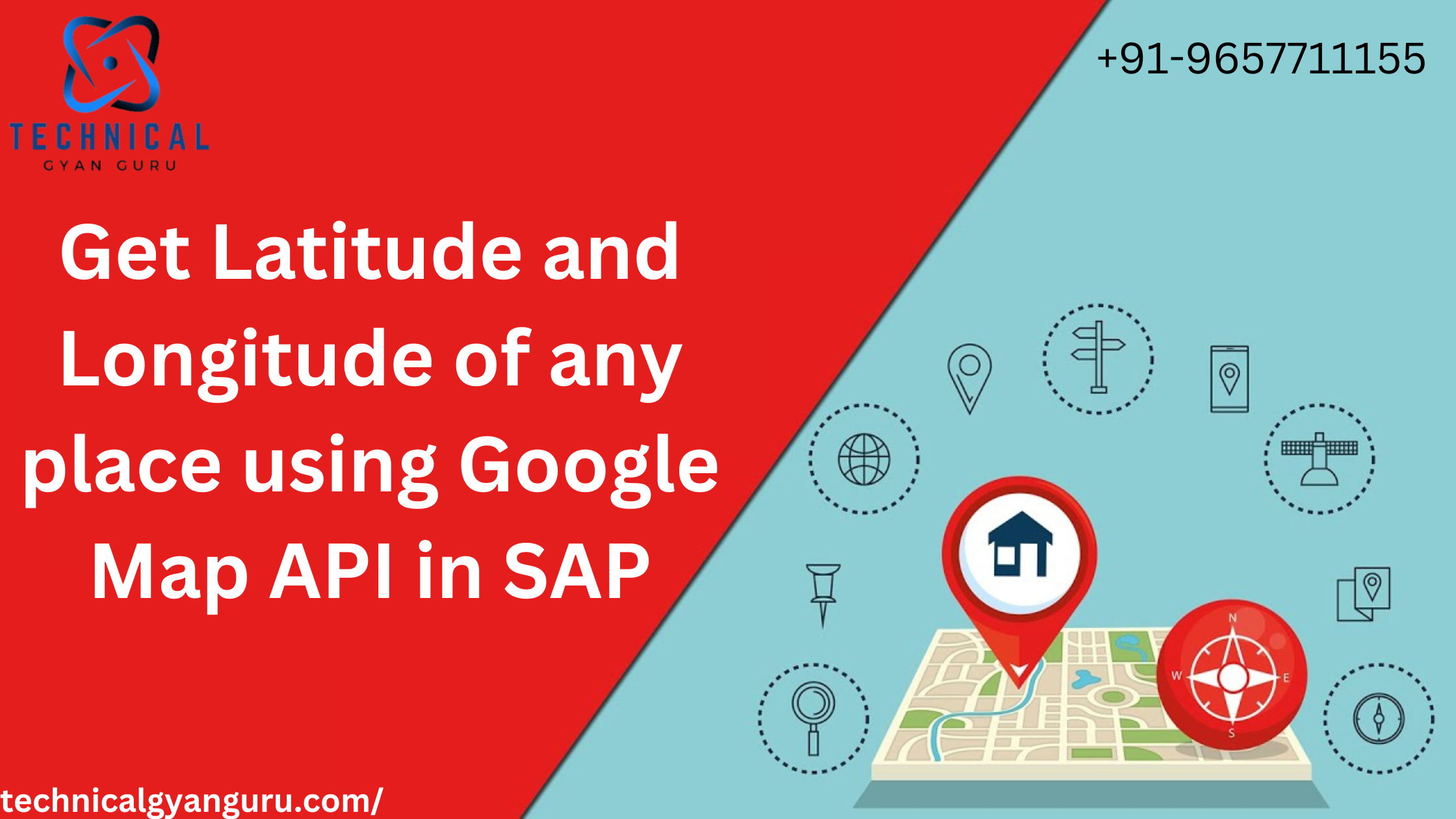
Introduction: SAP Landscape Transformation
SAP Landscape Transformation: In the dynamic realm of enterprise resource planning (ERP), businesses often find the need to evolve and adapt their SAP landscapes to align with changing objectives, technologies, and market demands. SAP Landscape Transformation (LT) emerges as a strategic solution, allowing organizations to reshape their SAP environments effectively. Let’s explore the key components and benefits of SAP Landscape Transformation through bullet points and detailed paragraphs.
1. What is SAP Landscape Transformation?
- Definition: SAP Landscape Transformation is a comprehensive suite of tools and methodologies designed to streamline and adapt SAP landscapes to meet changing business requirements.
- Scope: It encompasses a wide range of transformations, including system consolidations, data migrations, carve-outs, and harmonizations.
2. Key Components of SAP Landscape Transformation:
- Software Components:
- SAP SLT (SAP Landscape Transformation): A real-time replication tool that enables data transfer between source and target systems seamlessly.
- SAP Data Services: Facilitates data quality and migration tasks, ensuring accurate and reliable data transfer.
- Methodologies:
- Data Provisioning: Involves extracting, transforming, and loading (ETL) data from source to target systems.
- Business Transformation Readiness (BTR): Assesses the readiness of business processes for transformation.
- Transformation Scenarios:
- System Consolidation: Merging multiple SAP instances into a single, streamlined landscape for operational efficiency.
- Carve-Out: Extracting a specific set of business functions or processes from an existing landscape to create a standalone entity.
3. Benefits of SAP Landscape Transformation:
- Operational Efficiency:
- Streamlining SAP landscapes enhances operational efficiency by reducing complexity and redundancy.
- Data Quality and Consistency:
- Ensures high-quality data transfer, maintaining consistency across the landscape and supporting informed decision-making.
- Flexibility and Adaptability:
- Allows businesses to adapt their SAP landscapes to changing business models, market conditions, or technological advancements.
- Cost Savings:
- Consolidating systems or optimizing processes often results in cost savings through reduced infrastructure and maintenance expenses.
4. Transformation Process:
- Assessment and Planning:
- Conduct a thorough analysis of the existing landscape, identifying areas for improvement and defining transformation objectives.
- Data Migration:
- Utilize SAP Data Services for efficient and accurate data migration, ensuring a smooth transition from the source to the target system.
- Real-Time Replication:
- Employ SAP SLT for real-time data replication, enabling businesses to operate seamlessly during the transformation process.
- Post-Transformation Validation:
- Conduct rigorous testing and validation to ensure that the transformed landscape meets business requirements and operates without disruptions.
5. Case Studies:
- Global Manufacturer Optimizes Operations:
- Successfully consolidated multiple SAP instances, reducing IT complexity and improving cross-functional collaboration.
- Retail Giant Enhances Data Quality:
- Implemented SAP Landscape Transformation to harmonize data across various regions, resulting in improved data consistency and accuracy.
Conclusion:
In the ever-evolving business landscape, SAP Landscape Transformation emerges as a strategic imperative for organizations seeking to adapt, optimize, and thrive. By leveraging the key components of SAP Landscape Transformation, businesses can achieve operational efficiency, data consistency, flexibility, and cost savings. The transformation process, marked by assessment, planning, migration, and validation, ensures a seamless transition to an optimized SAP landscape. Real-world case studies further underscore the transformative impact of SAP Landscape Transformation, showcasing its relevance and success in diverse business scenarios. As businesses continue to evolve, SAP Landscape Transformation stands as a powerful ally in shaping SAP environments to meet the demands of the digital era.







